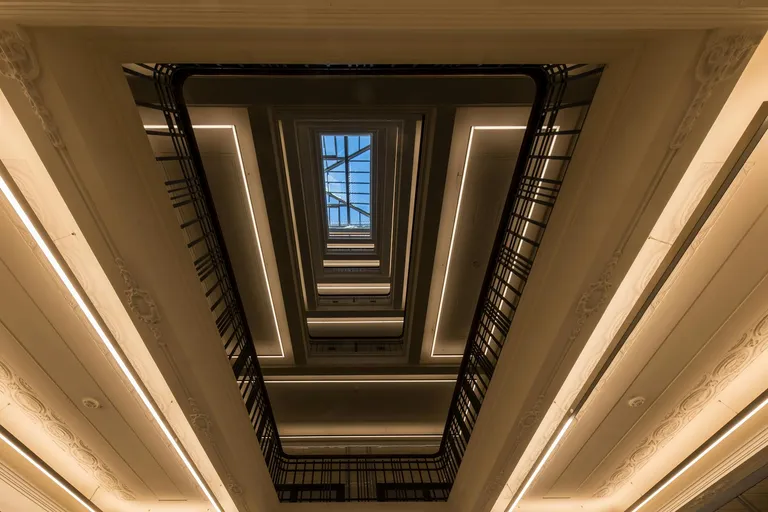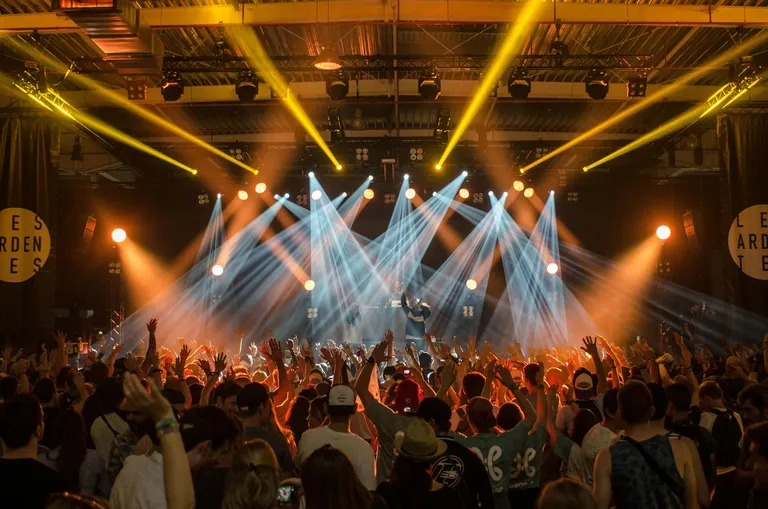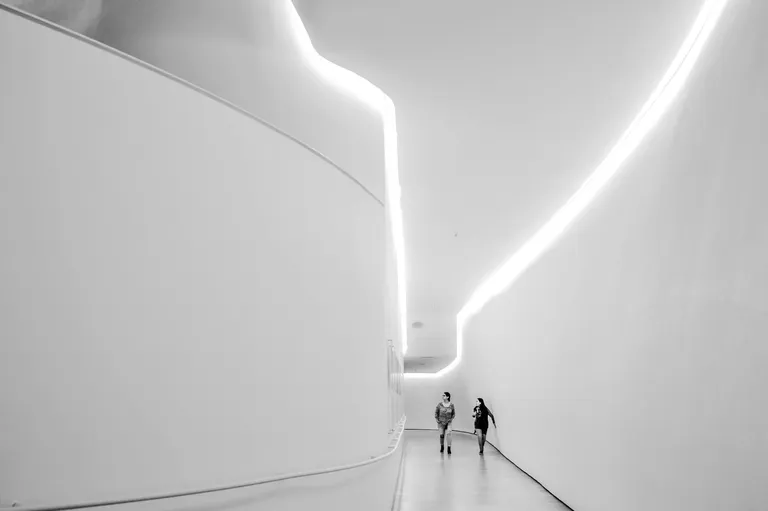By: Brayden
Published: May 14, 2025
Last Updated: May 14, 2025
Lighting Design Education & Resources

Lighting design is a transformative art that shapes spaces, influences emotions, and enhances experiences. Whether you're interested in stage lighting, architectural illumination, or event design, understanding the fundamentals and advanced concepts is crucial for success in this dynamic field.
Understanding Lighting Design Fundamentals
Core Principles of Lighting
The foundation of lighting design rests on several key principles that guide both beginners and professionals:
- Purpose and Function: Every lighting decision should serve a specific purpose
- Balance and Composition: Creating harmonious distribution of light and shadow
- Visual Hierarchy: Guiding attention through intentional lighting choices
- Technical Proficiency: Understanding equipment and tools
Essential Lighting Concepts
1. Light Quality
- Intensity and brightness levels
- Color temperature and rendering
- Beam spread and distribution
- Shadow quality and management
2. Design Elements
- Contrast and emphasis
- Rhythm and pattern
- Unity and coherence
- Scale and proportion
Professional Lighting Design Tools
Design Software and Technology
Modern lighting designers rely on various digital tools to plan and execute their vision:
-
CAD Software
- Technical drawing and planning
- 3D visualization
- Light plot creation
- Documentation
-
Lighting Control Systems
- DMX protocols
- Console programming
- Show control software
- Network configuration
Essential Equipment
Hardware Components
- Fixtures and luminaires
- Control boards and interfaces
- Distribution systems
- Safety equipment
Stage Lighting Techniques

Basic Setup Principles
Creating effective stage lighting requires understanding fundamental positions and techniques:
-
Front Lighting
- Key light placement
- Fill light positioning
- Angular considerations
- Coverage patterns
-
Back Lighting
- Separation techniques
- Silhouette effects
- Depth creation
- Atmospheric enhancement
-
Side Lighting
- Modeling and form
- Dance lighting techniques
- Dramatic effects
- Cross-lighting methods
Advanced Lighting Concepts
Color Theory in Practice
- Color mixing principles
- Gel selection and use
- LED color control
- Mood creation through color
Movement and Time
- Timing and transitions
- Dynamic lighting effects
- Cueing and programming
- Rhythm and pacing
Architectural Lighting Design

Interior Lighting
Creating effective interior lighting schemes involves:
-
Space Analysis
- Function assessment
- Traffic flow patterns
- Visual requirements
- Aesthetic goals
-
Light Planning
- Layer development
- Fixture selection
- Control strategies
- Energy efficiency
Exterior Lighting
Outdoor lighting design considerations include:
-
Environmental Factors
- Weather resistance
- Light pollution control
- Energy management
- Maintenance access
-
Safety and Security
- Pathway illumination
- Security lighting
- Emergency systems
- Code compliance
Event Lighting Design
Planning and Preparation
Successful event lighting requires careful planning:
-
Pre-Event
- Site surveys
- Client consultation
- Technical requirements
- Budget management
-
Setup and Installation
- Equipment placement
- Power distribution
- Safety protocols
- Testing procedures
Creative Applications
Special Effects
- Atmospheric elements
- Projection mapping
- Interactive lighting
- Synchronized displays
Professional Development
Building Your Skills
Continuous learning opportunities include:
-
Educational Resources
- Online tutorials
- Workshop participation
- Industry certification
- Mentorship programs
-
Practical Experience
- Project documentation
- Portfolio development
- Network building
- Industry involvement
Industry Standards
Understanding professional requirements:
-
Safety Protocols
- Equipment handling
- Electrical safety
- Emergency procedures
- Risk assessment
-
Technical Standards
- Code compliance
- Documentation requirements
- Quality control
- Professional ethics
Sustainable Lighting Design
Energy Efficiency
Implementing sustainable practices:
-
Resource Management
- Energy consumption
- Material selection
- Waste reduction
- Lifecycle assessment
-
Green Technologies
- LED implementation
- Smart controls
- Daylight harvesting
- Energy monitoring
Environmental Impact
Considering ecological factors:
-
Light Pollution
- Sky glow reduction
- Glare control
- Wildlife protection
- Dark sky compliance
-
Sustainable Solutions
- Recyclable materials
- Energy-efficient designs
- Adaptive controls
- Natural light integration
Future Trends in Lighting Design
Emerging Technologies
Stay ahead with new developments:
-
Digital Innovation
- AI integration
- IoT connectivity
- Virtual reality tools
- Automated systems
-
Advanced Materials
- New fixture designs
- Smart surfaces
- Organic materials
- Innovative controls
Industry Evolution
Adapting to change:
-
Market Trends
- Consumer preferences
- Technology adoption
- Design aesthetics
- Sustainability focus
-
Professional Growth
- Skill development
- Career opportunities
- Industry networking
- Continuing education
Conclusion
Lighting design is a dynamic field that combines technical expertise with creative vision. Success requires continuous learning, practical experience, and adaptation to new technologies and techniques. Whether you're just starting or looking to advance your skills, the resources and knowledge shared here provide a solid foundation for growth in the lighting design industry.
Remember that every project is an opportunity to learn and innovate. Stay curious, experiment with new techniques, and always prioritize both functionality and artistic expression in your lighting designs.
